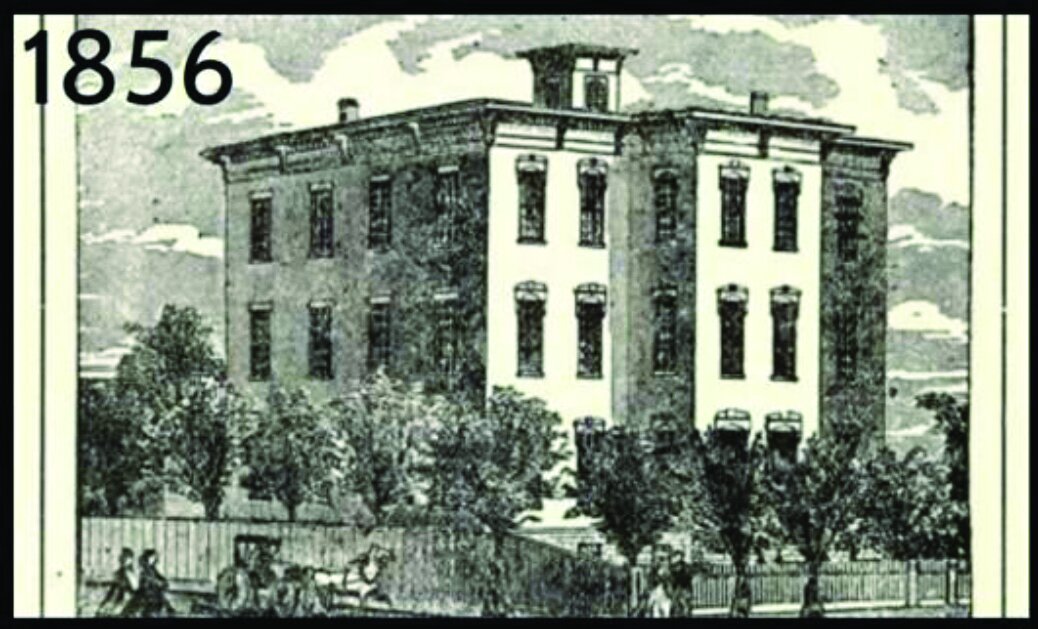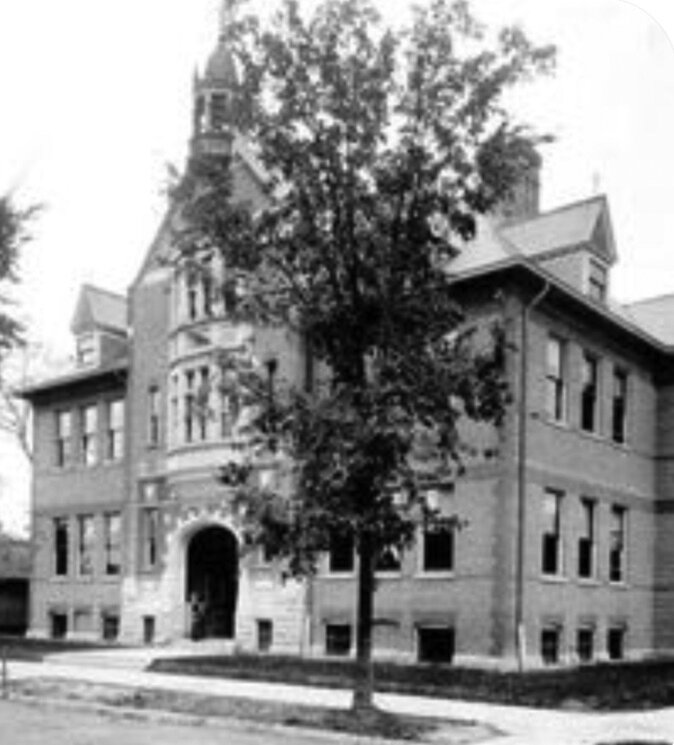Our Day in History: Education Disparities for African Americans, Including COVID-19 Now

We are learning that the COVID-19 pandemic has long reaching and destructive talons. The main concerns are clearly health and the economy, but we also must focus on education. Every student will be affected but considering the history of disparities in education for African Americans in the United States, education has been and remains an intense life challenging struggle.
From the arrival of the first enslaved Africans where education or learning was punishable by beating and death, up until today, education for African Americans has been denied, controlled, and manipulated. Let's look at the early history of education for Negroes/African Americans in Fort Wayne and how the past along with today’s COVID-19 pandemic affects our children and the community. (As you read, please remember that 150 years is not that long ago generationally speaking.)
According to records, numerous private schools existed in Fort Wayne prior to 1853. The common council was then petitioned to arrange for "free schools" but with 1,233 school age children, the request failed, and the trustees resigned. In 1857, two school-owned buildings were opened, Clay and Jefferson schools. Negro children were not allowed to attend. Later in 1873, the local school board met with parents of the city's 16 Negro children and offered to either give each family their child's portion of the school fund to spend as parents pleased or hire a teacher to teach a Negro class. Parents were divided since those with means were already paying private tutors. This in effect was also a way to keep Negro children out of white classrooms.
In 1875, the state laws changed, and the school board hired a teacher to teach the black children in one designated classroom at Jefferson School. So it wasn’t until 22 years after public schools opened in the city with free blacks and 10 years after the Civil War ended that Fort Wayne finally provided "a classroom for blacks". Several schools were built along the way and some integrated based on neighborhood schools, but most schools were either black or white. Keep in mind that cultural exposure is an education on its own. Later in 1913, the state law required all children ages 7 through 16 to attend school. Eventually, black students did attend most of the Fort Wayne schools over a period of time; however, we must acknowledge the residential boundaries that excluded African Americans from the majority of the most progressive schools. By 1949, the number of Black students increased from 16 to 434 which is a merger figure out of the 24,219 students at that time.
Enter COVID-19
Let’s fast forward through the Civil Rights Movement, desegregation, busing, affirmative action, racism in education and redlining. All of which greatly impacted Black students and education. The fight continues as parents try to make sure their children receive the best education.
The pandemic has caused schools to close and find a way to connect virtually. Teachers must now juggle the new technical responsibilities of teaching online. There are still differences among schools and school systems. For example, a fourth grader from Northwest Allen County Schools was provided with a laptop and had mandatory live Google meets with teachers three times a day. Another fourth grader from Fort Wayne Community Schools had no internet and no computer to access the teacher’s videos and links to assignments.
While most high-income homes have the technology needed, this new way of learning doesn’t include families without internet, parents without skills to help students, and mandatory e-learning. What about lower income households where parents are essential workers or who have been laid off? If they must work, do they have the means for their children to be supervised while they work? Will they know how to do the new math that students learn today? Much like the parents in 1873 who were offered money versus a teacher for their children, when the stimulus check arrived did today’s parents have the luxury of using it for their child's education? Was there a directive for unexpected educational needs attached to that check? In other words, how are students who are already left behind, going to continue learning and not fall further behind in school? What will the next school year bring? What impact will this have on their future?
We understand a lot of work is being done but how will education continue to progress when economic, redlining, and technology barriers continue today? Fort Wayne may not have the worst situation, but genealogical research shows we could do better because the separation remains. History, Genealogy, and the Future.
‘Our Day in History’ is presented by the African American Genealogical Society of Fort Wayne (AAGSFW) and the African/African-American Historical Society and Museum (AAAHSM), celebrating the AAGSFW 10th and AAAHSM 20th anniversaries! This monthly column highlights Fort Wayne’s rich African American education history. Learn more on Facebook! Search: @aagsfw.


